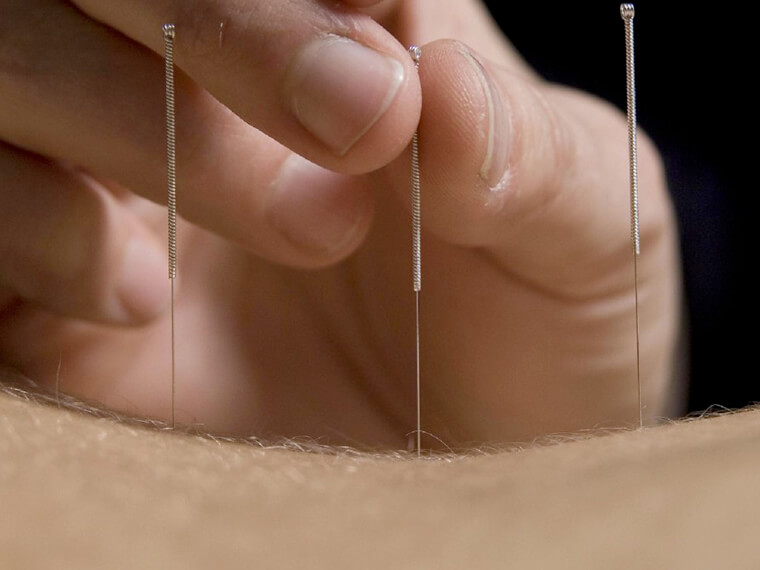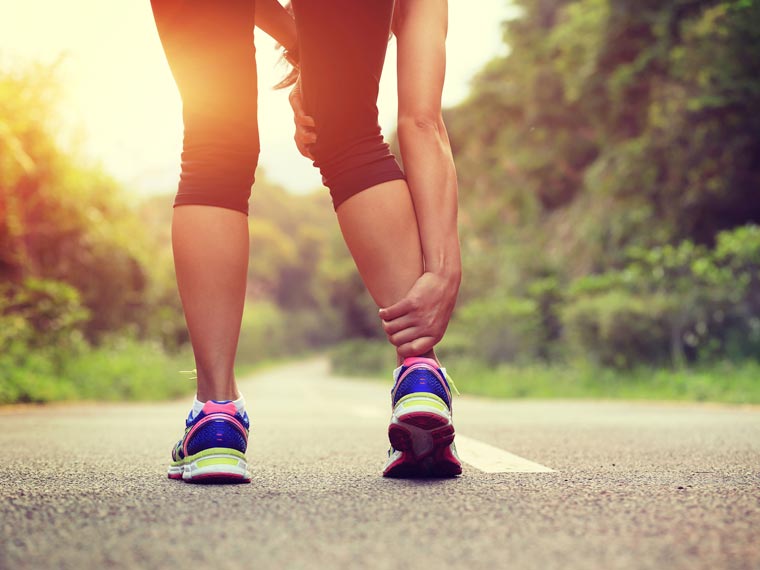Most often, needling techniques like Acupuncture are used to treat pain and injuries by releasing tight areas in the muscles that contribute to pain and discomfort. Often I will incorporate Cupping Massage into treatment when there is pain and tightness in the muscles, because of its ability to de-compress the fascia (connective tissues) and surrounding muscles to elongate and resolve strain patterns.
Acupuncture
Acupuncture can be used to create an electrical potential this is a factor that contributes to acupuncture’s ability to re-balance muscle tone and alignment across joints for pain relief and structural improvement. Acupuncture also stimulates the release of the body’s own painkilling substances, along with improving blood flow and nerve conduction, by inducing the release of things like neurotransmitters and beta-endorphins (the feel-good substance of the body, a natural painkiller).
Acupuncture’s physiological effects are not just at the local area where the needle is inserted, Acupuncture also influences the functional connectivity in the brain, which makes it a unique and powerful tool to address chronic pain, or pain not necessarily related to a specific injury

Chinese Herbal Medicine
Chinese Herbal Medicine’s can also be a very important part of addressing the root causes of your condition, and often I will recommend a combination of both Acupuncture and Chinese Herbal Medicine to treat things like arthritis, autoimmune conditions, fibromyalgia, and even frozen shoulder or slow healing injuries and wounds.
Nerve entrapments, muscle contraction and the resulting decrease in circulation care some of the factors that can lead to pain and degeneration of those tissues. When therapies like acupuncture and cupping massage aren’t bringing about significant results, injection therapies are very effective tools to address pain and injuries.
The most common areas of the body I use Injection Therapies are shoulders, lower back and knees (for knees I use a special injection solution, more concentrated dextrose because this area of the body needs the stimulation of growth factors due to wear and tear).

Therapeutic Injections
I use in my practice (these different types of injections can all be done in combination with each other within a treatment, to address as many facets of an injury as possible):
PERINEURIAL INJECTIONS
This type of injection is done with a very thin needle, injecting small amounts of a diluted dextrose solution just below the surface of the skin, providing nourishment for inflamed and damaged nerves, which alleviates pain.
TRIGGER POINT INJECTION
Trigger Point Injections are injections of a mixture containing dilute dextrose along with procaine (a mild painkiller that the body can completely break down in about 45 minutes) Procaine has a local vasodilatation effect that increases circulation at the trigger point. Increase flow of blood causes efficient removal of local metabolites and increasing local energy supply. Alleviates tight tender areas in muscles.
PROLOTHERAPY
Prolotherapy (also known as regenerative injection therapy): a concentrated dextrose solution is injected into areas that have limited blood supply. The joints and ligaments are areas that provide a lot of structural support, and wear and tear on these areas of the body diminishes their capacity to stabilize, which is often the root cause to chronic pain and tension problems. Your muscles have become tighter partially because they’re needing to work overtime to provide stability when ligaments and joints are damaged.
High concentration dextrose injected into these areas help to generate new tissues in these areas and as a result these areas become more stable. combining this therapy with other types of injections corrects the entire pattern that lead to pain and tension.
Injection therapies are typically recommended no more than every 3 weeks.

Some Commonly Treated Injuries and Pain conditions:
- Sciatica
- Back pain
- neck Pain
- Frozen Shoulder
- Plantar Fasciitis
- Tendonitis/Tendonosis
- Bell’s Palsy
- Arthritis
- Fibromyalgia
- Knee Pain
- Morton’s Neuroma
- Post Surgical Pain
- Wound Healing
- Forearm Pain (golfers/tennis elbow)
- Hip pain
- Pelvic pain
- Interstitial Cystitis
- Trigeminal Neuralgia
- TMJ pain
- Headaches
- Migraines